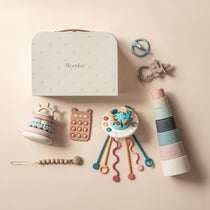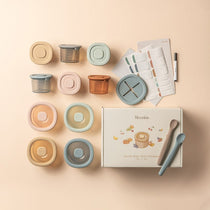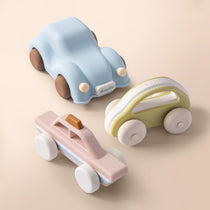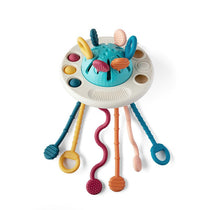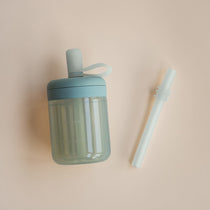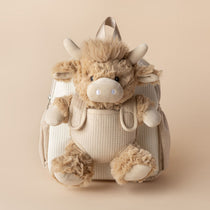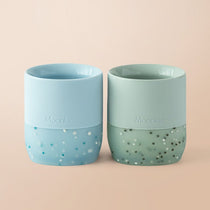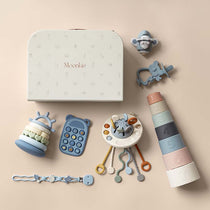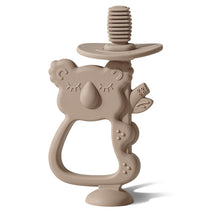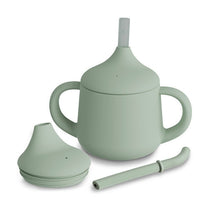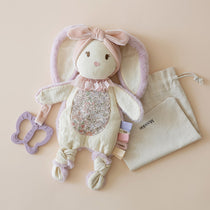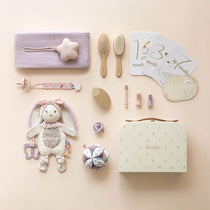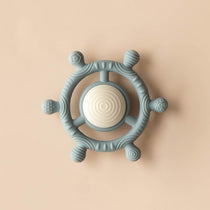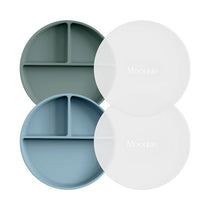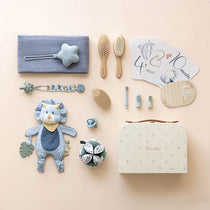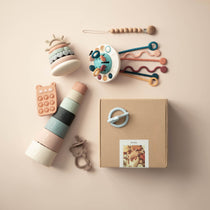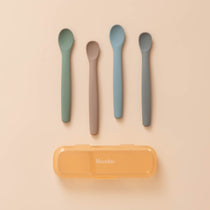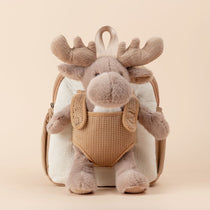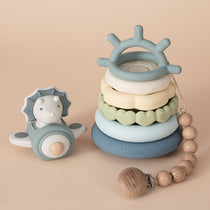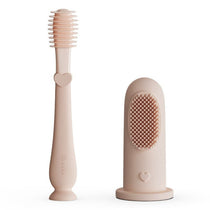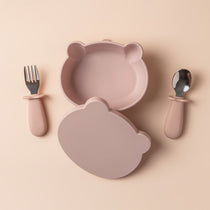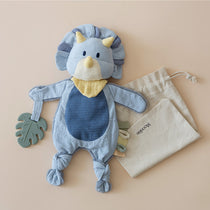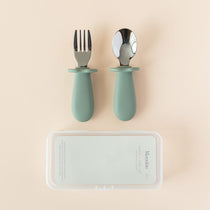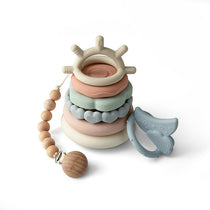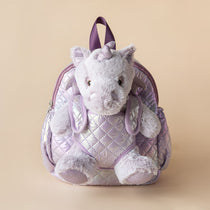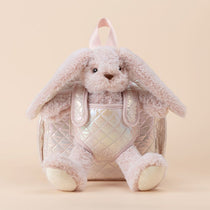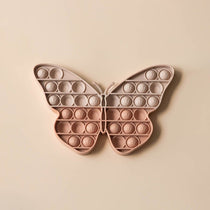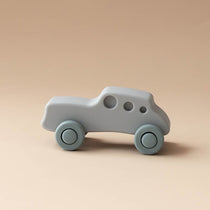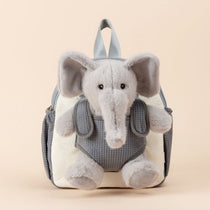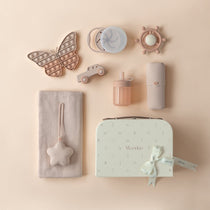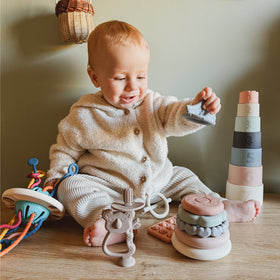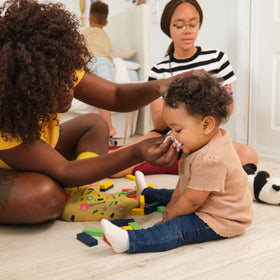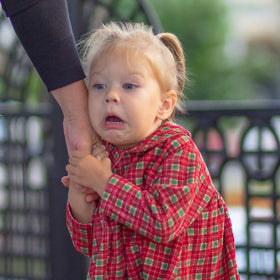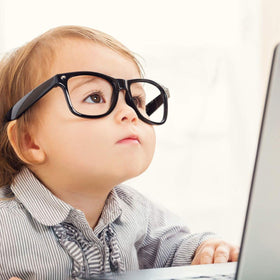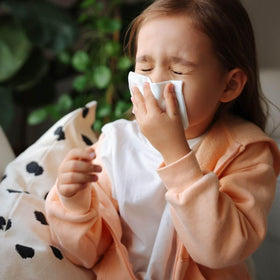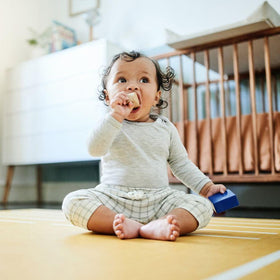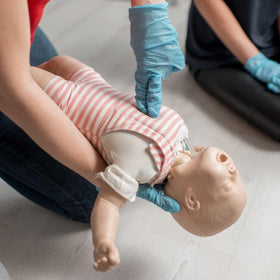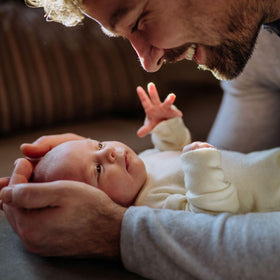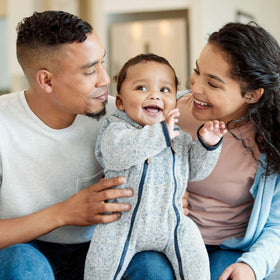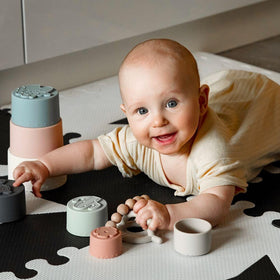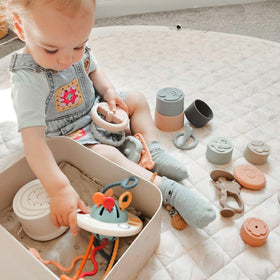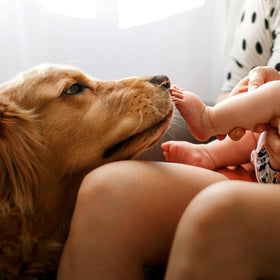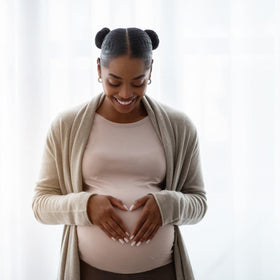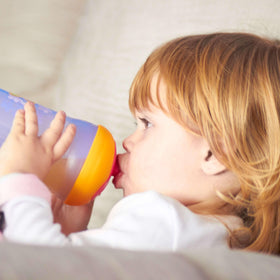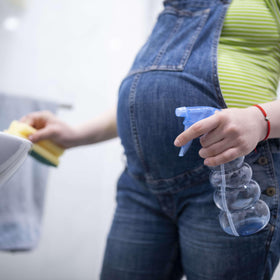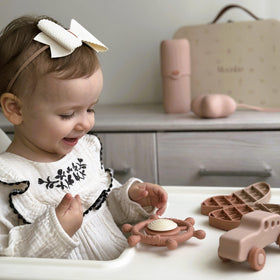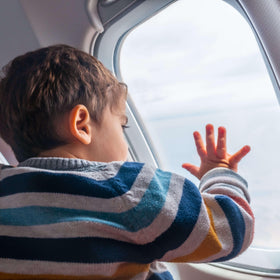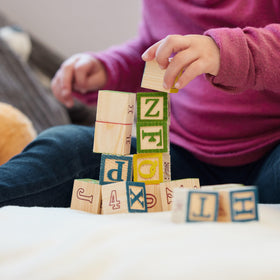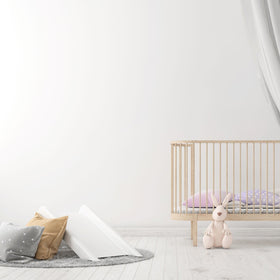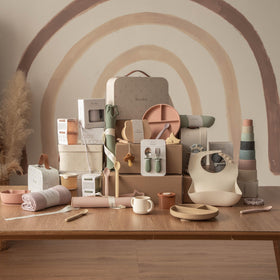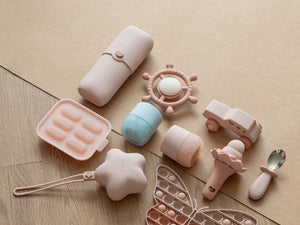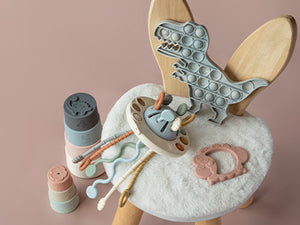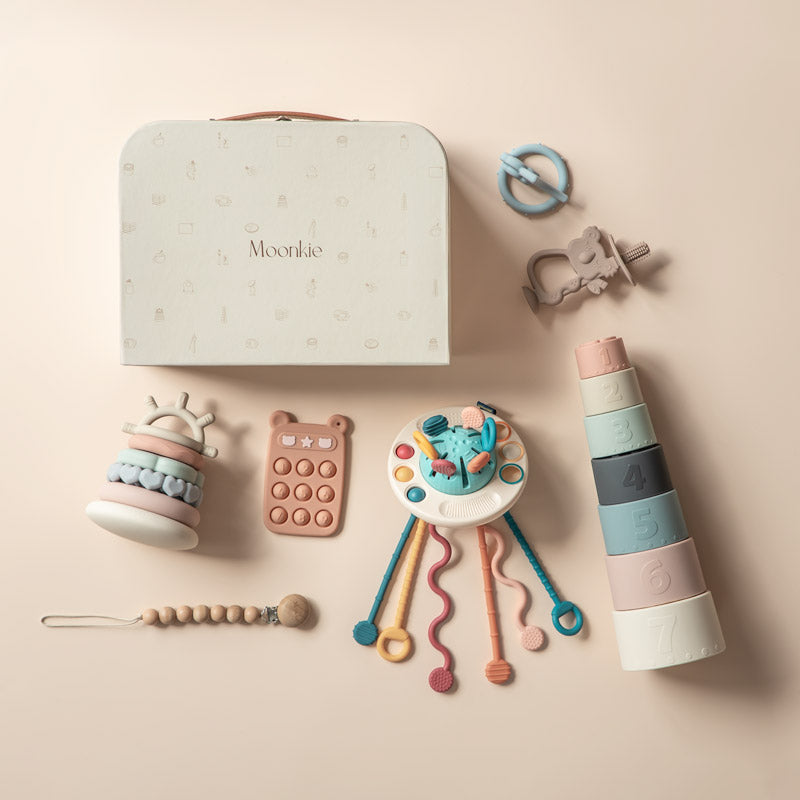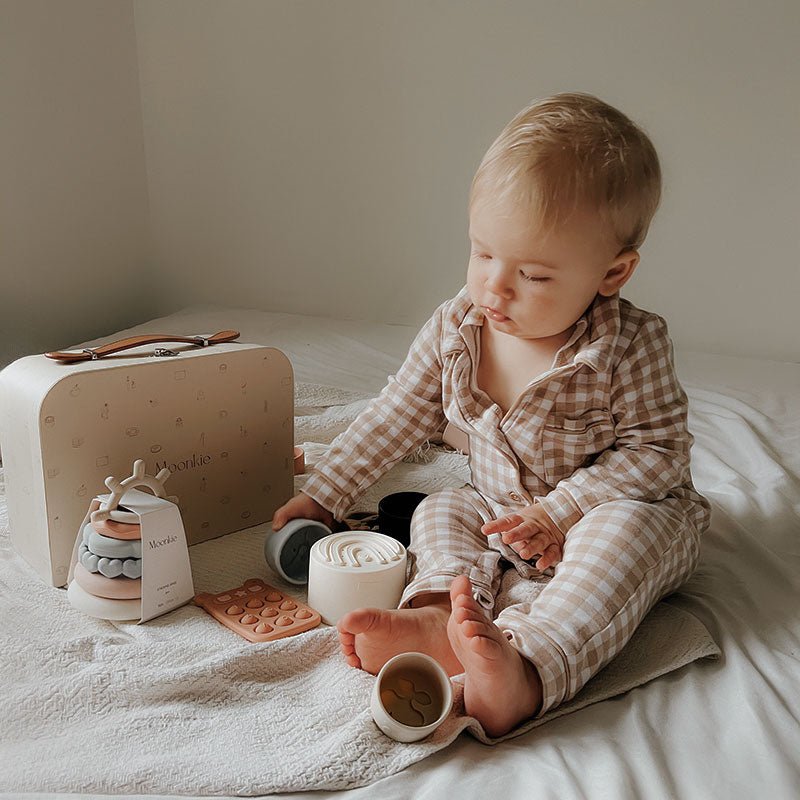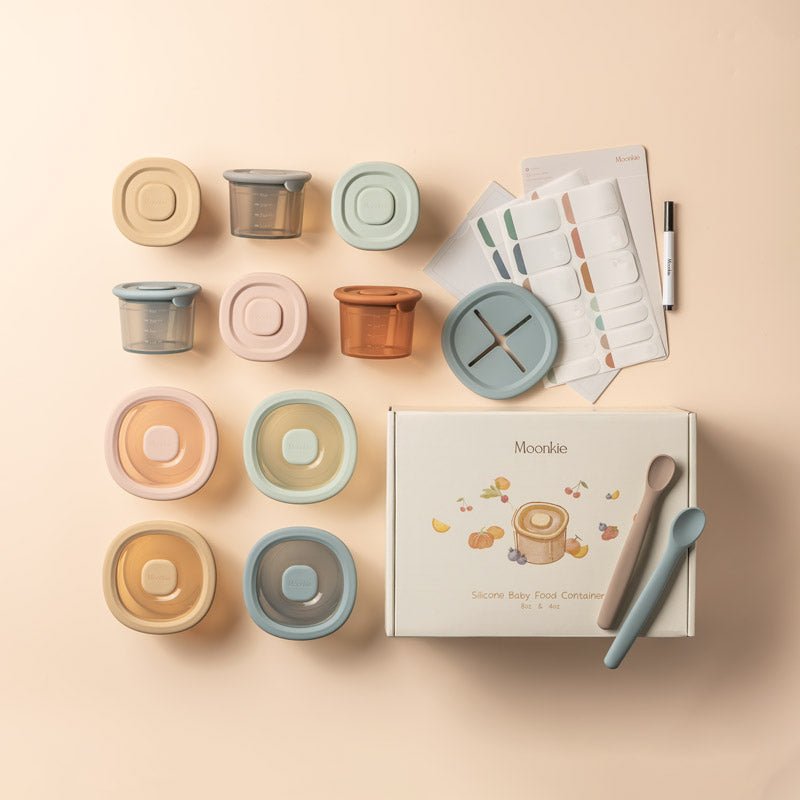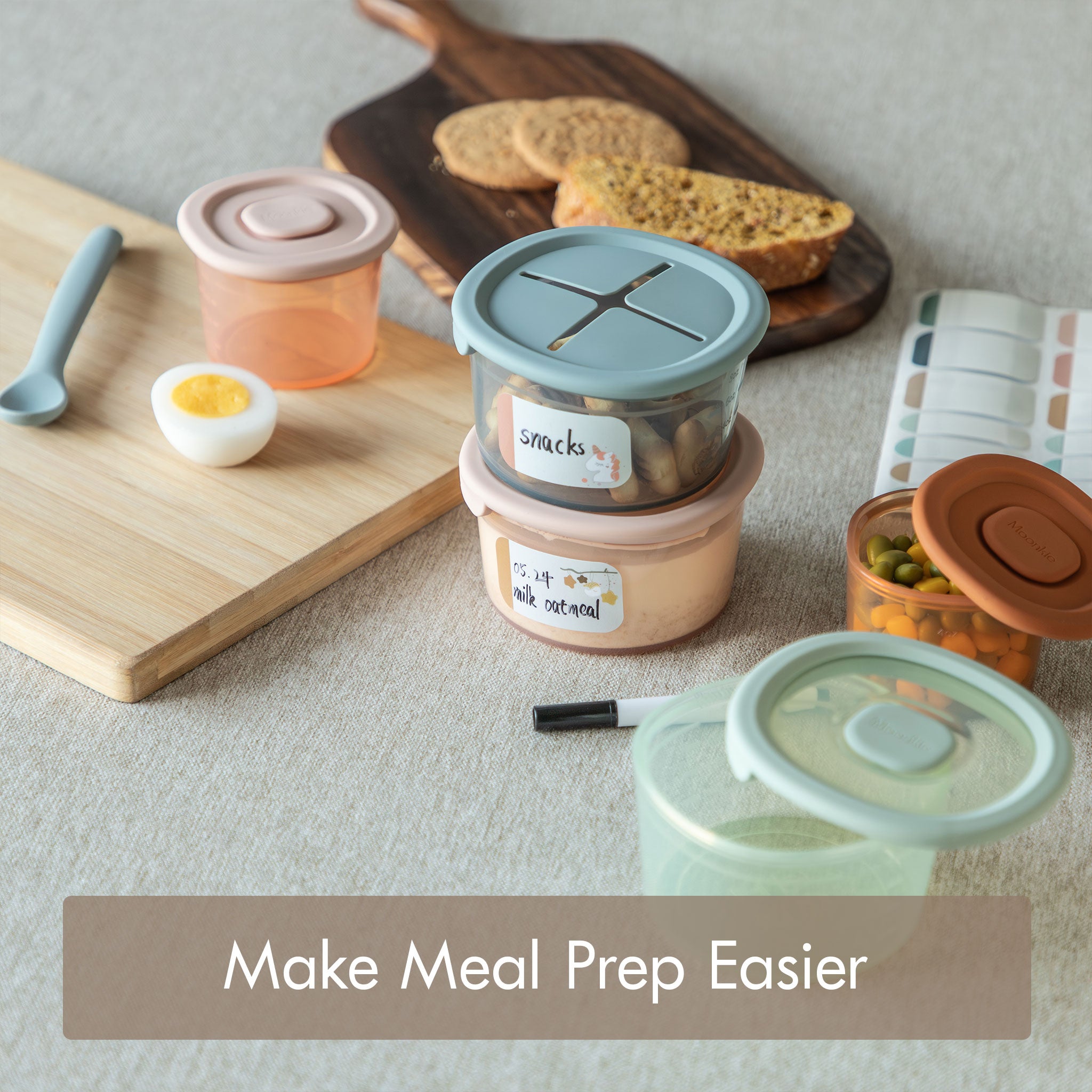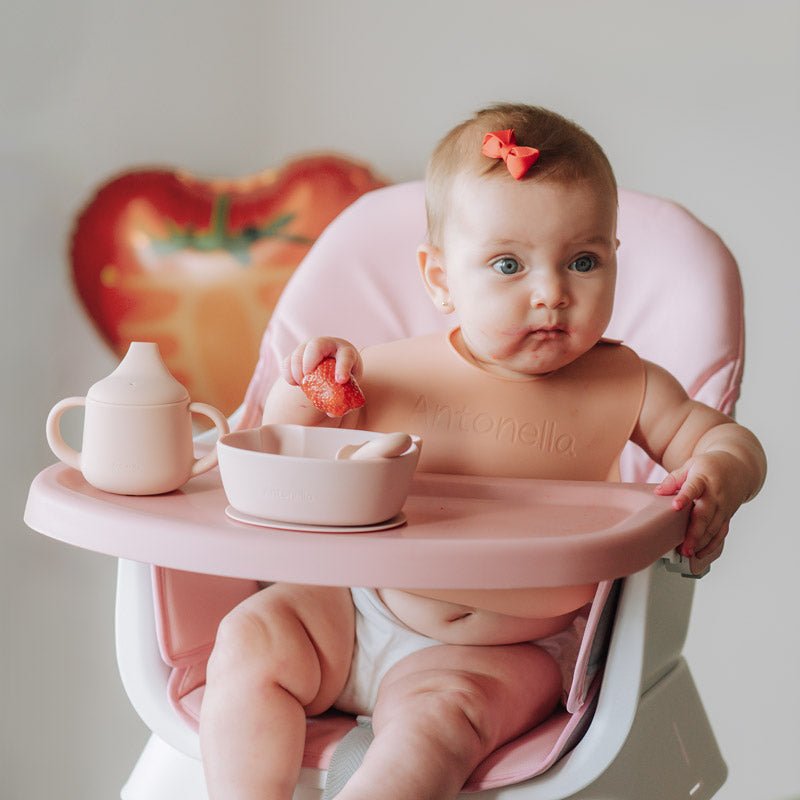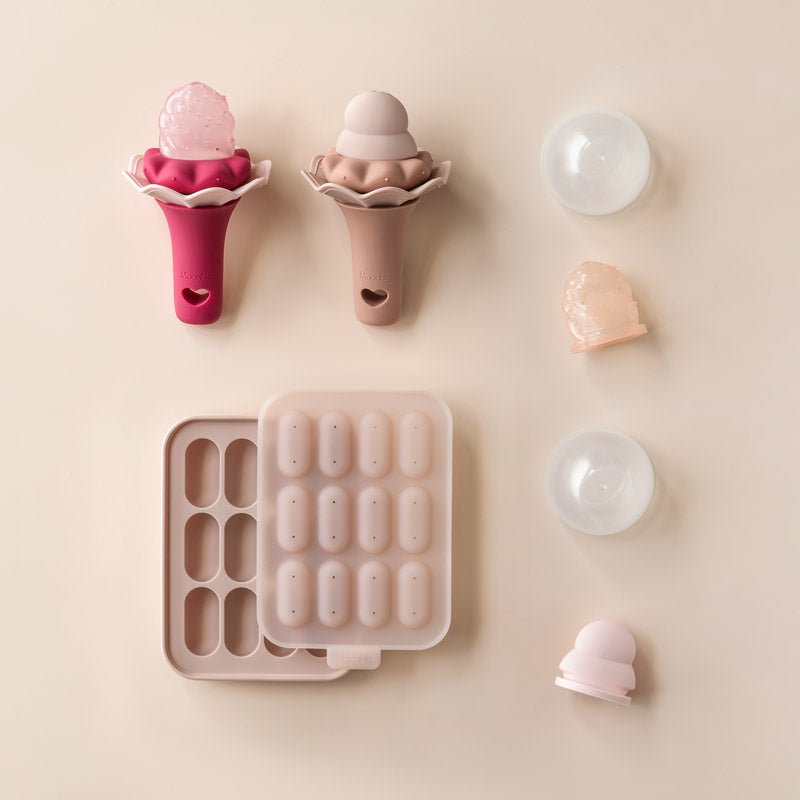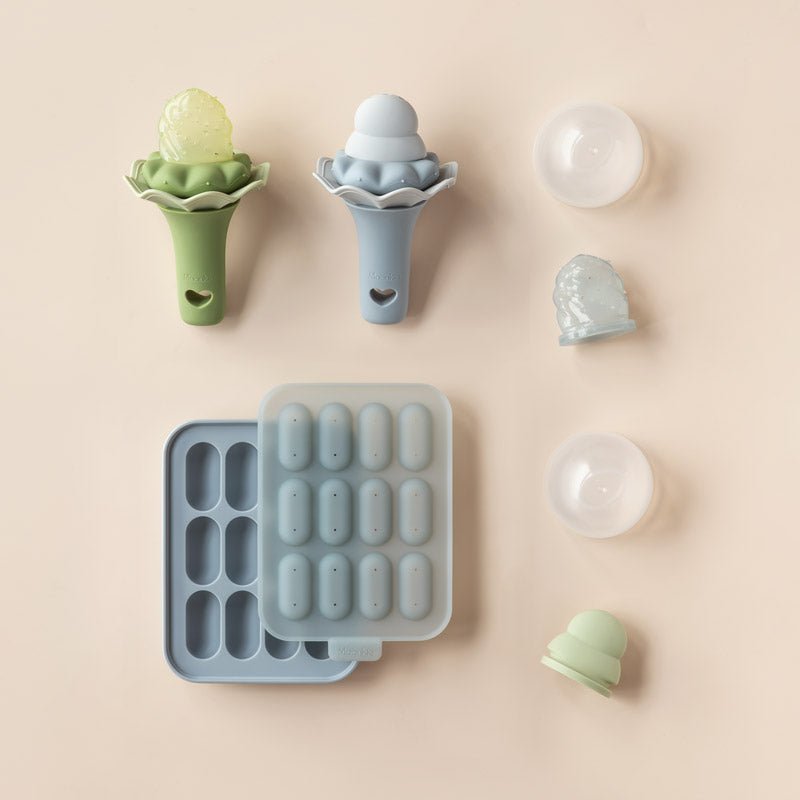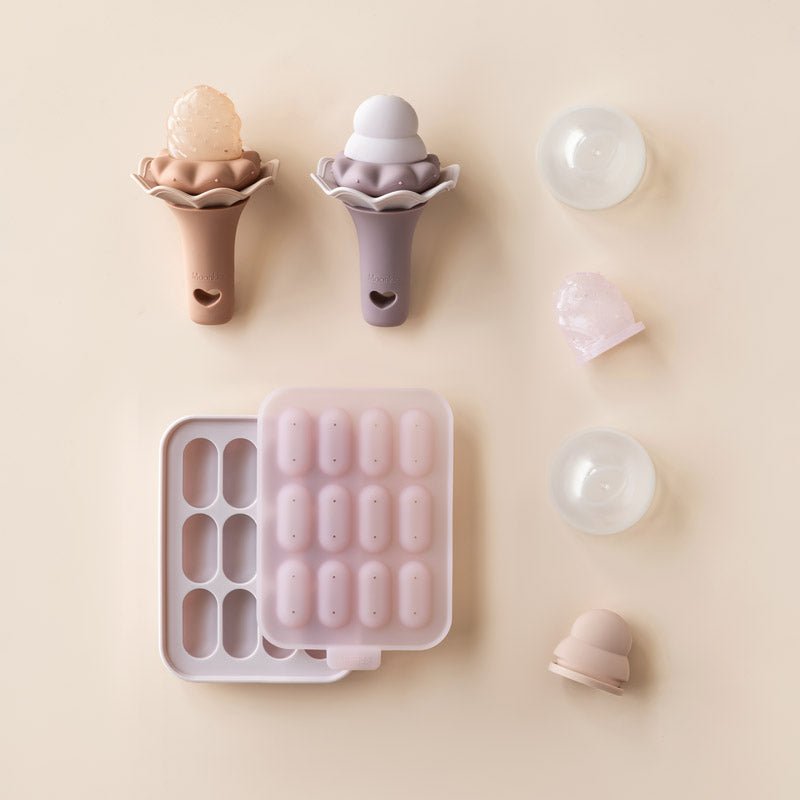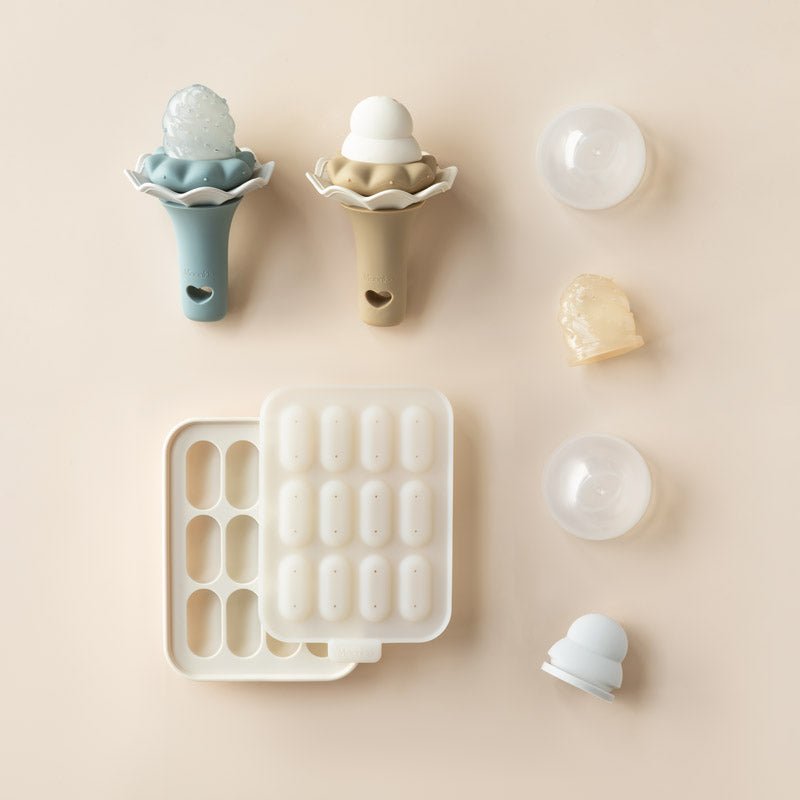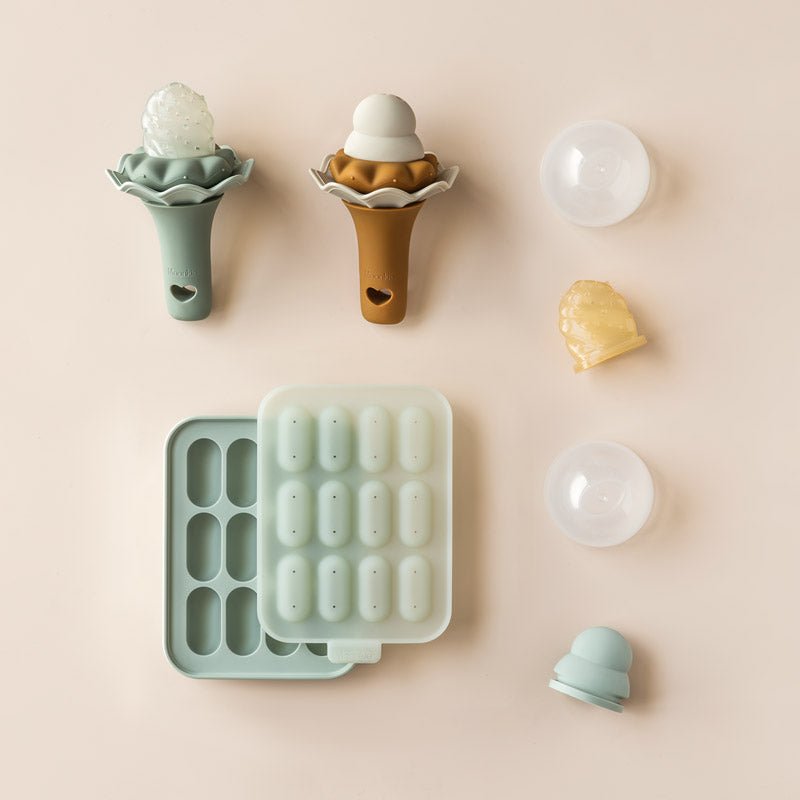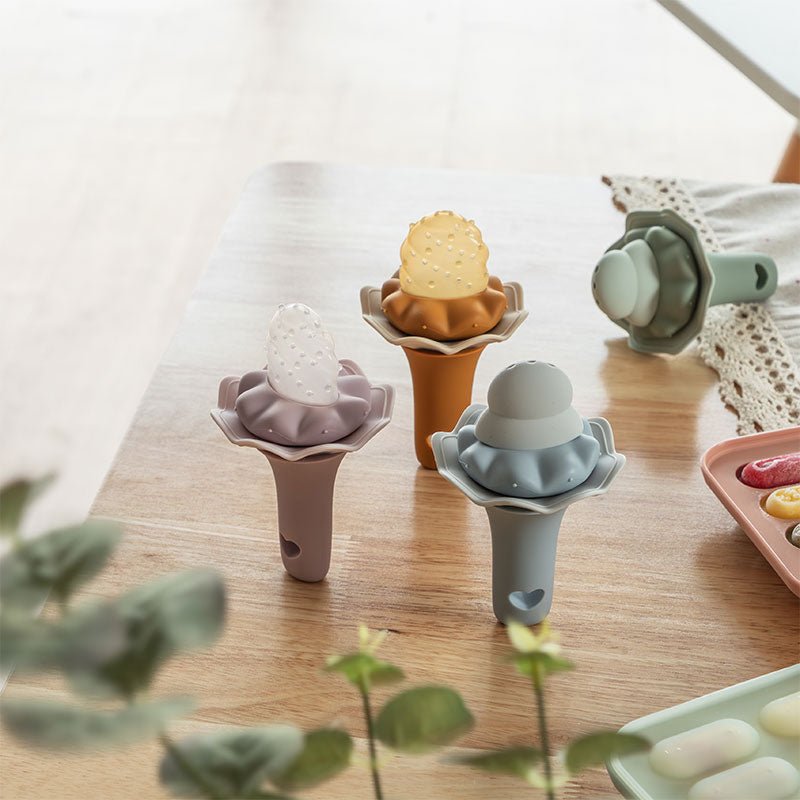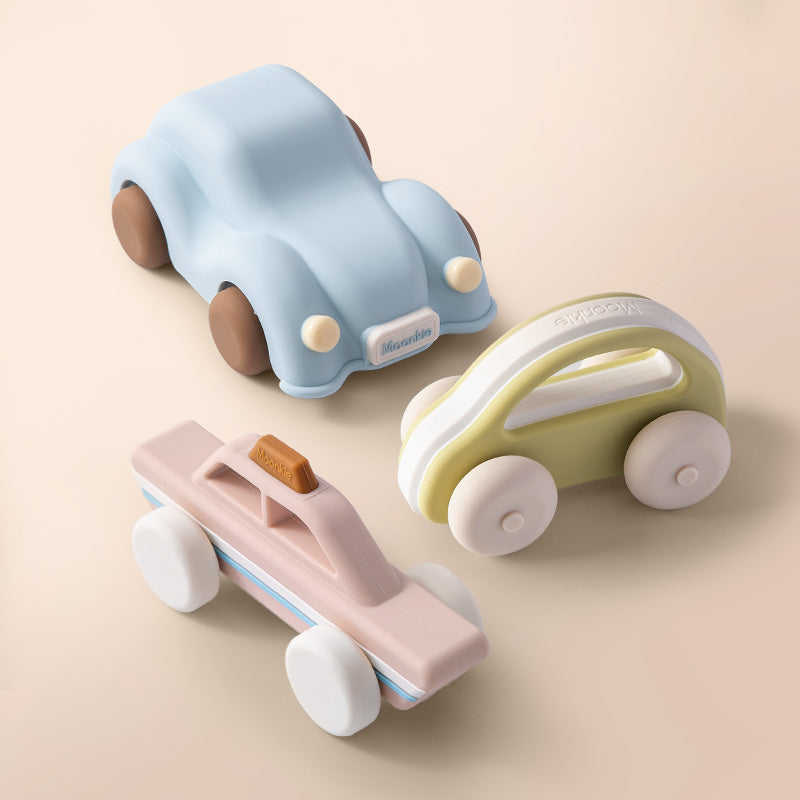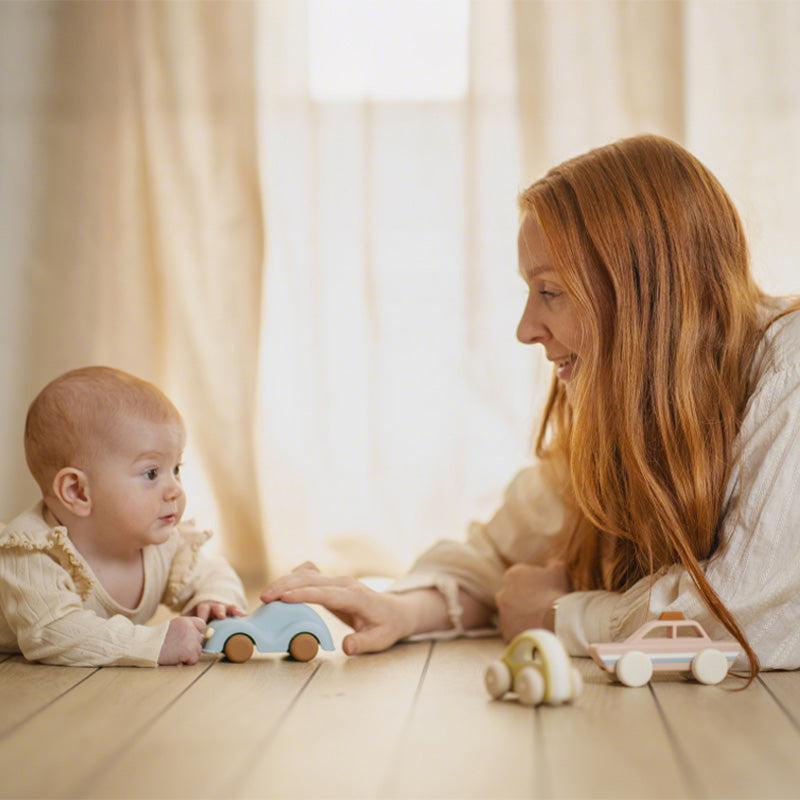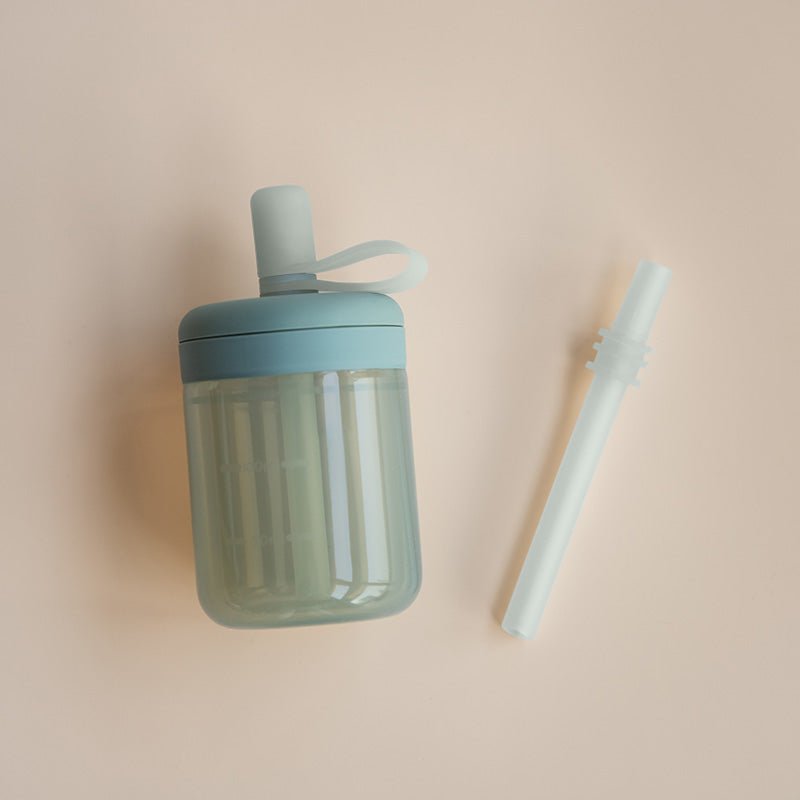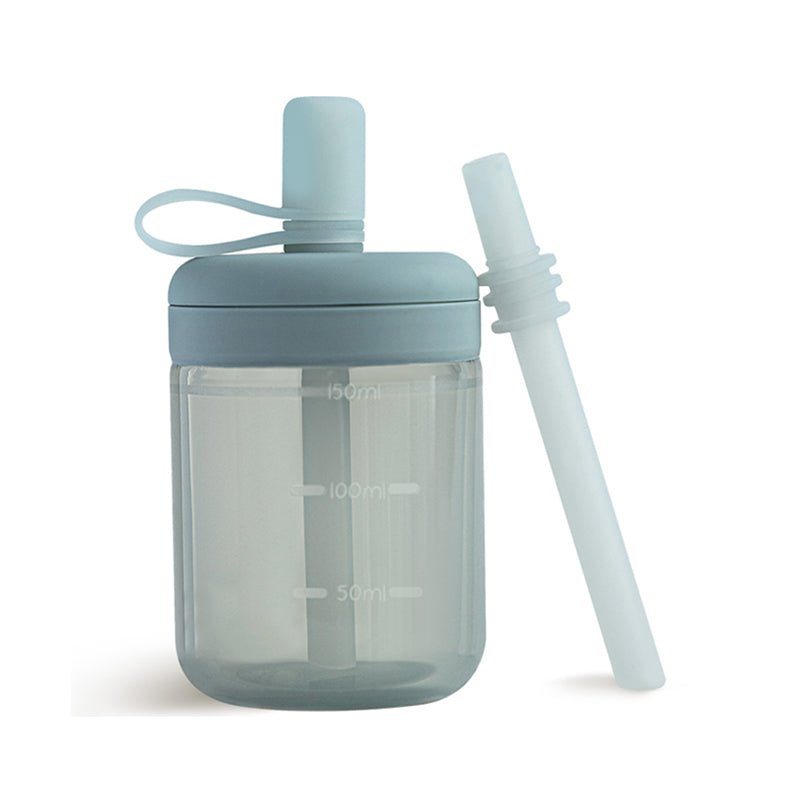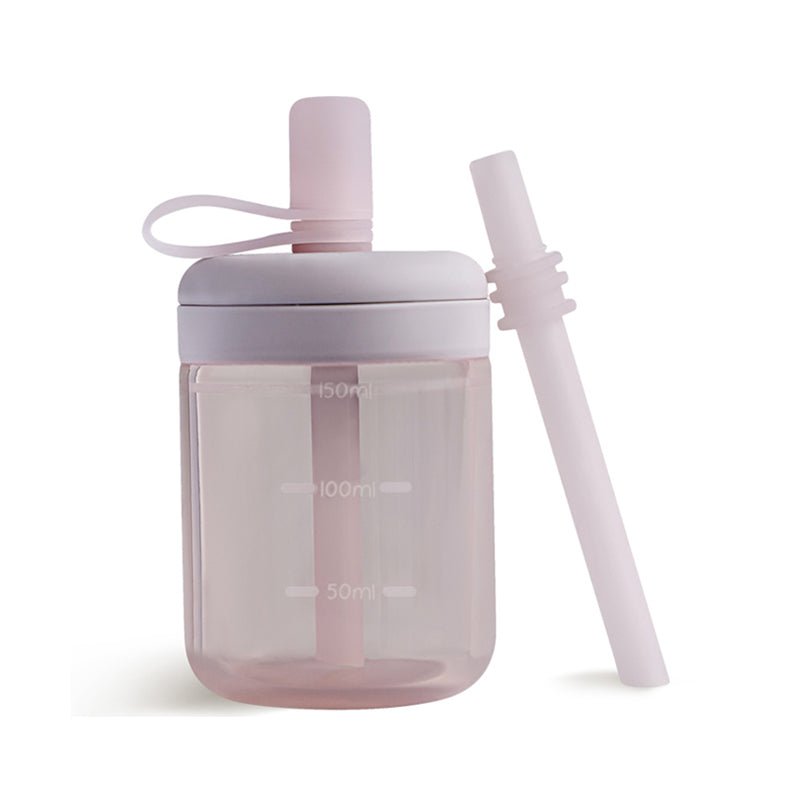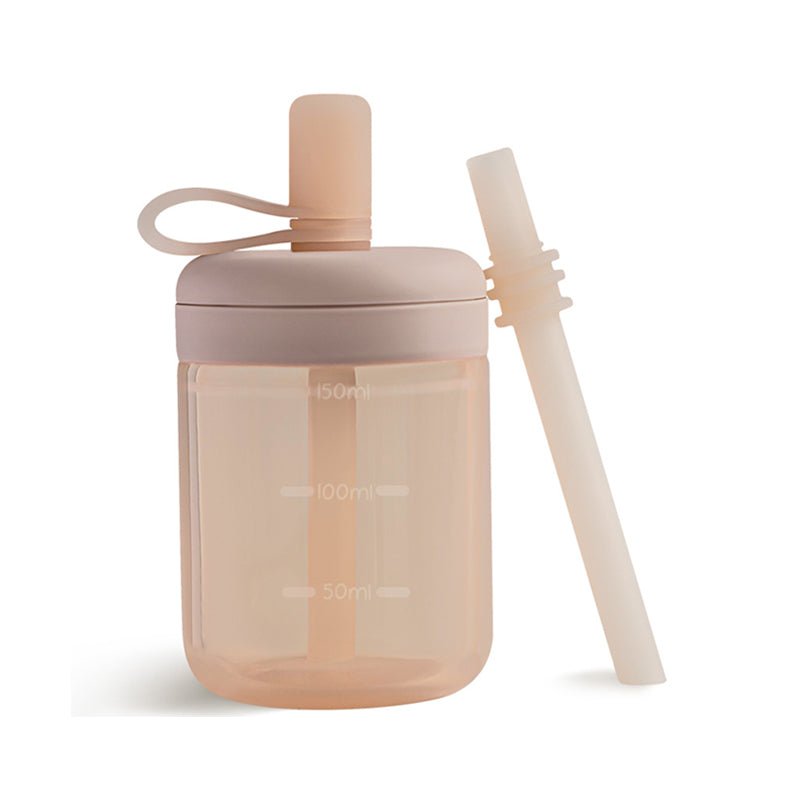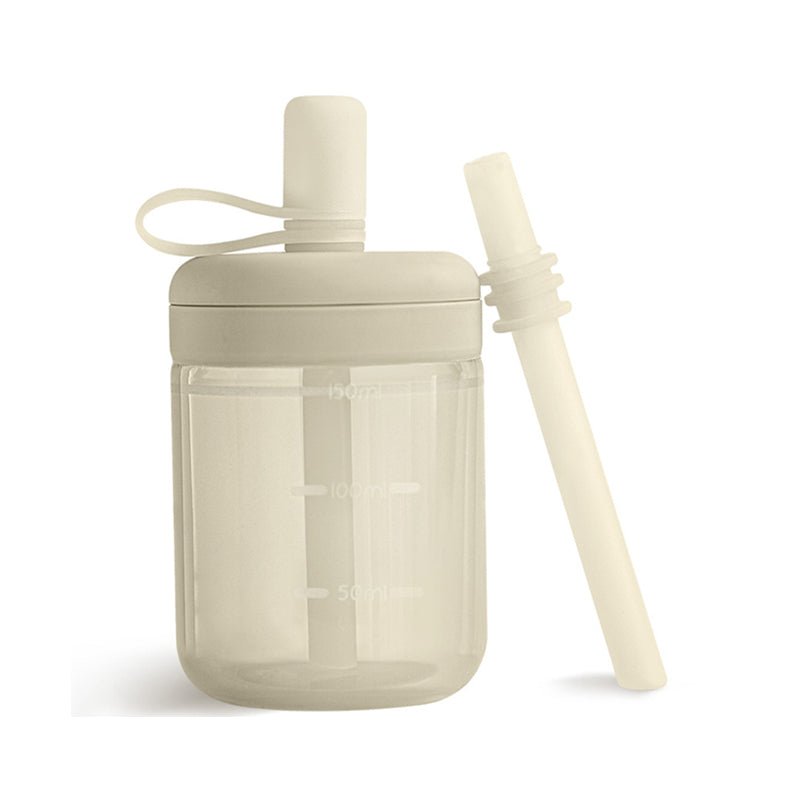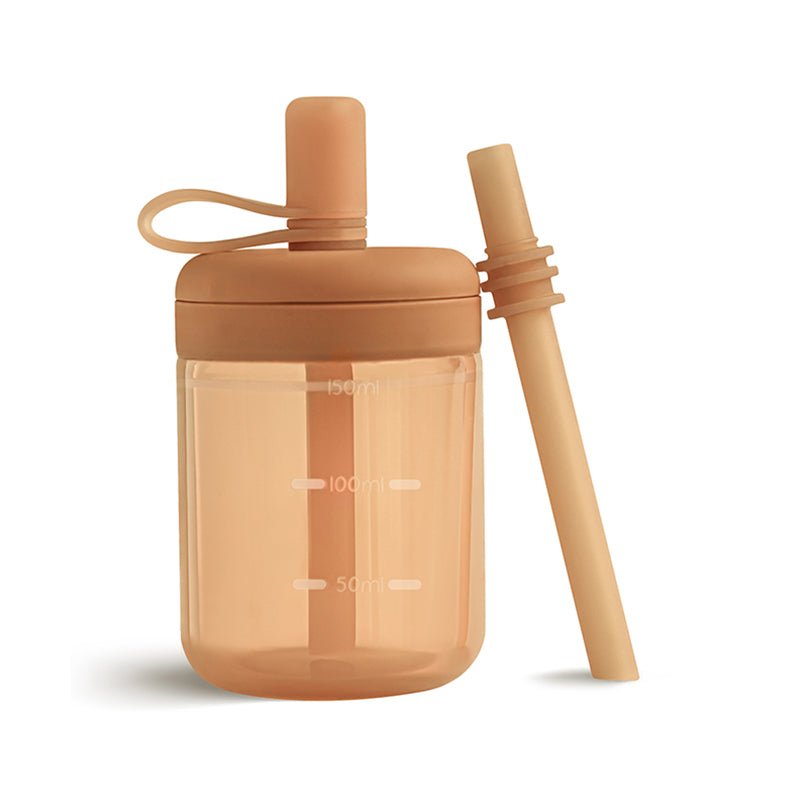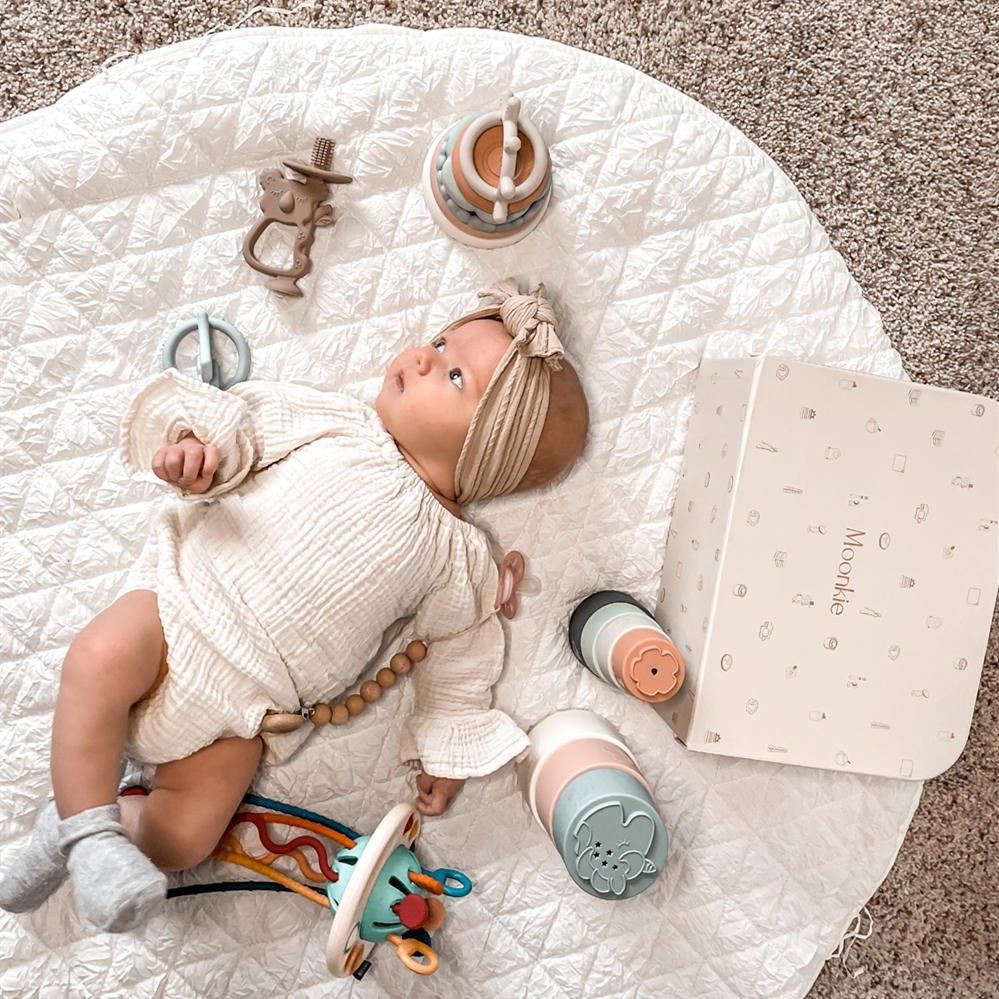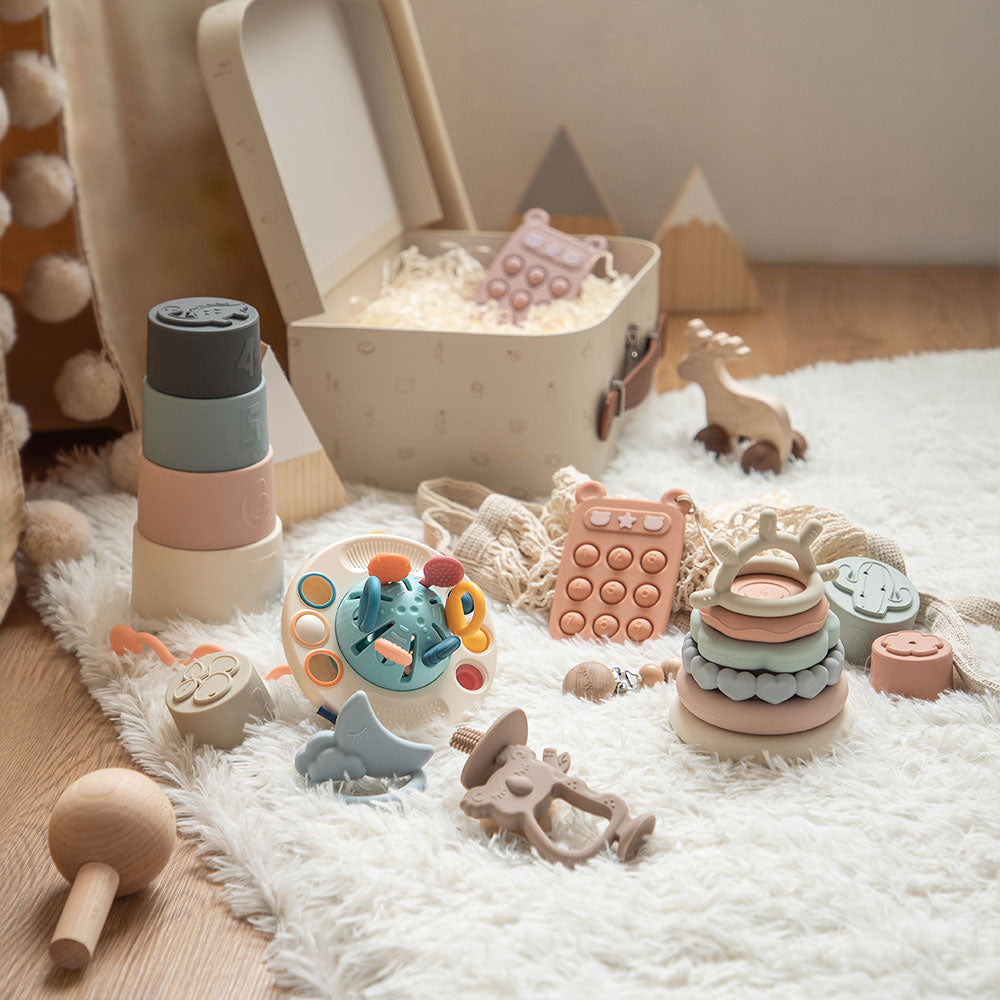
We all want to help our little ones grow into solid, well-rounded adults ready to take on the world and everything life holds. But your little one's mind doesn't need formal instruction to get there just yet. She needs playtime.
Playtime is crucial for babies, toddlers, and young children to develop cognitively, socially, emotionally, and physically. However, finding the time and space for playtime can be challenging while juggling work, chores, and parenting. By making playtime a part of your family lifestyle, you are more likely to create room for productive playtimes.
The living room is often the heart of the home, and with a few simple strategies, you can turn it into a productive play space for your little one.
Why Is Playtime Important for Babies and Toddlers?
Playtime is critical for a baby or toddler's development as it helps them to learn new things, explore their surroundings, and develop their cognitive, language, and motor skills. Playtime also helps babies and toddlers develop social skills, creativity, and imagination (source).
Playing does all of this by allowing little ones to explore but also synthesize what they've learned. In other words, your child makes sense of what he's learned so far in life by playing. So, encouraging playtime is akin to encouraging research!
If you want to learn more about why playtime is indispensable for babies and toddlers, check out From Comfort to Language Skills: The Many Benefits of Toys for Infants.
7 Strategies for Setting Up a Productive Playtime
Preparing a space in your home and schedule for a productive playtime will make room for what really matters: time together. Thoughtfully planning ahead of time will provide some structure, keep things safe, and foster learning.
Even better, planning ahead each week will help you stay one step ahead of your little one's mood swings and developmental shifts in interest and ability.
Whether "planning ahead" means swapping toys out, doing a sensory bin activity on a day with less busyness, or going outside on a sunny day, doing so can lift the stress off your shoulders and help you avoid resorting to screen time.
1. Choose the Right Toys
The first step in setting up a productive playtime in your living room is to choose the right toys. When it comes to selecting baby and toddler toys, less is often more. So, you need to choose toys that are age-appropriate and engaging but avoid toys that are too complicated or require a lot of setup time, as these can be frustrating.
When weighing toy options, consider each toy's purpose and how they can help your child learn and grow. Don't rely on the package's marketing or a commercial! Read reviews, ask other parents, and think about where your little one is right now in ability.
Here are some other things to think about before you buy a toy:
| Consideration | Explanation |
| Age |
|
| Exploration |
|
| Creativity |
|
| Physical Activity |
|
| Socialization |
|
We've put together a nifty guide of the top sensory toys for each stage of development from birth to the toddler years. If you want to peruse it for ideas to help you settle on a few toys for your little one's playtime, then check it out here: From Teething to Tummy Time: The Top Sensory Toys for Every Stage of Babyhood.
2. Create a Play Area
Once you've chosen toys that will delight and engage your little explorer, it's time to create a play area in your living room. This can be as straightforward as laying a blanket or play mat on the floor. Just ensure it's away from potential hazards and health risks, like electrical outlets, sharp corners, hairy dog beds, and small toys from older siblings.
However, if you have the space and desire to create a dedicated play area, go for it! Providing a safe and sound environment that stimulates learning and exploring will ease your worries about your little explorer getting into all the wrong things.
As a side note, having most of your little one's toys and activities in one dedicated play space reduces clutter in other areas of your home. Moreover, knowing the toys should all return to that one space makes cleanup time around the house a lot easier to teach.
Here are a few safety things to think about as you set up a play area:
| Consideration | Explanation |
| Safe Location |
|
| Furniture and Equipment |
|
| Safety Gates |
|
| Safe and Non-toxic Materials |
|
3. Use Storage Bins
I know this one seems obvious, but putting off investing in some solid storage bins for your little ones' play area will only drive you mad. Buying storage bins that are easy for little hands to access will corral those toys and set a visible limit to how many toys your family has.

An example that works for my family is the storage bin rule: if toys begin to overflow and can't all be put away properly in storage bins, then it's time to give some away and reorganize.
Thanks to Christmas and birthdays, this happens every three months in my house, but it gives me a chance to pass on the toys they no longer play with as they grow while teaching my littles how to manage space and donate. It's a hard rule to establish, but after a year, you may be surprised at how thoughtfully your little ones participate.
Storage bins also make rotating toys trouble-free. Just put two or three away and rotate them out every few weeks. Watching your little one rediscover old favorites is fun and keeps the urge to buy new toys at bay.
4. Incorporate Learning Activities
Playtime is a superb time to incorporate learning opportunities that suit your little learner's age and development level.
Think things like sensory mats, balls, blocks, and teethers for three to six-month-olds, and tasting a variety of baby-safe foods, shape sorters, stacking rings, simple activity boards, and sensory books for six to twelve-month-olds. For toddlers, sensory bins, musical instrument toys, activity tables, coloring, playdough, toddler books, and wooden puzzles are dandy options.
Setting activities like this up gives your little learner opportunities to grow in a loosely structured way. These activities and others like them can help build your child's problem-solving skills, creativity, social skills, and imagination. You can heighten these benefits by playing with your little one!
But, whatever learning activity you add to playtime should be simple and age-appropriate. Adding a game or activity with many rules will only cause your little learner to become frustrated or feel unable to keep up. Early on, open-ended activities rule because little minds can make up their own games and rules when they are ready to.
5. Set a Routine
Setting a routine for playtime can help your little one develop a sense of structure and routine. Choose a time of day that works best for your family, and try to stick to it as much as possible. For example, a few common timing options are right after breakfast, before lunch, or after an afternoon nap.
It's not going to be perfect, but intentionally making time in your family's schedule for your wee one to play will help you prioritize her development and build a sense of being loved and respected in her over time. Of course, she won't pick up on everything you do now to ensure she has time and space to learn, but she will one day.
Here are a few tips for making the most of playtime:
| Tip | Explanation |
| Limit screen time. |
|
| Focus on play, not performance. |
|
| Provide a variety of toys and activities. |
|
| Encourage exploration. |
|
| Be present. |
|
Playtime Changes
It is worth noting that your little one's playtime duration and frequency will change over time. At first, tummy time may only last a few minutes at regular intervals throughout the day. By the toddler years, your little one may actively play for a couple of hours without interruption.
Other ways your little one's playtime will evolve will be in interest, depth, and variety. For instance, you will need to update toys and activities to match your little explorer's age and interests. You can manage this a bit by investing in toys that suit multiple early development stages, like our toys here at Moonkie.
Depth of play will grow as your child's imagination grows. Before long, you will see her building cities of blocks or combining toy functionalities to carry out a story in her mind. These imaginative games are some of a parent's most treasured memories!
The desire to play with other kids will grow along with your little one's ability to communicate, empathize, problem-solve, compromise, and share. You can evolve playtime with your child's socialization by meeting with friends once or twice a week or embarking on a field trip of some kind with friends or family members once a month.
6. Get Involved
By far, the most inspiring thing you can do for your little one's playtime learning is to get involved. Parents are a young child's world, so when they set aside what they are doing to play with them, it makes their day.

Young kids are always asking for or demanding things, and should you play with them, they will ask for more time from you. But time is what they need. Spending time with your little one gives assurance that you love her. And this honestly doesn't go away as they become teenagers; they just ask in different ways.
7. Make It Fun
Remember that playtime should be fun! Don't put too much pressure on yourself or your little one to accomplish specific goals during playtime. Instead, focus on the time together and watching your child learn and grow.
It's one of the most amazing processes to behold in life. Though I haven't made it to grandparent or great-grandparenthood yet, I hear from the wisest among us that this parenting time is by far the best and one of the quickest in life. Enjoy this time together; it's worth it!
In a Nutshell
Setting up a productive playtime in your living room doesn't have to be complicated. By following the strategies we've listed in this article, you will be well on your way to making play a part of your family's lifestyle. Remember to keep it simple, and enjoy the time together!

